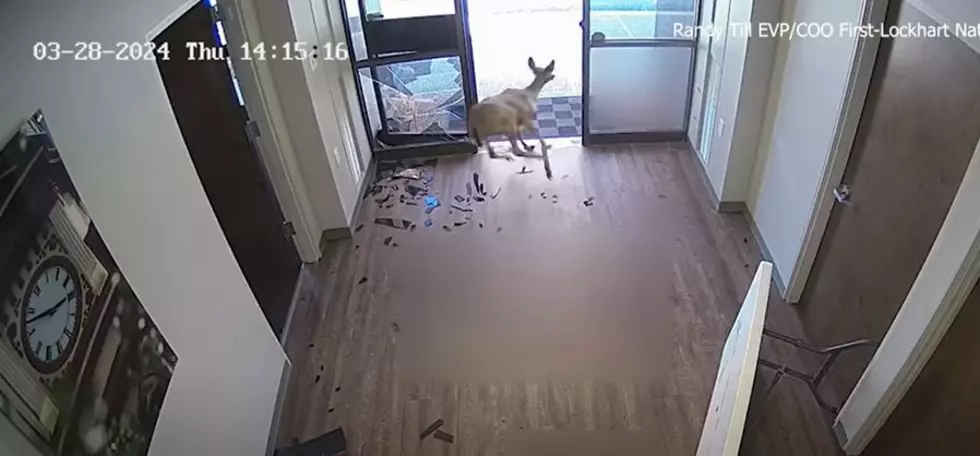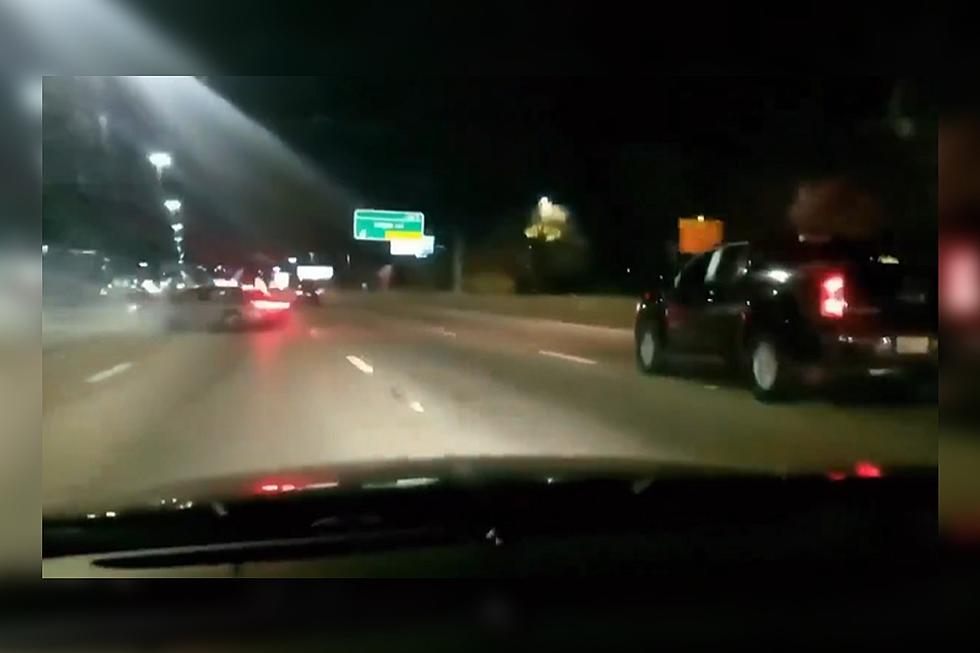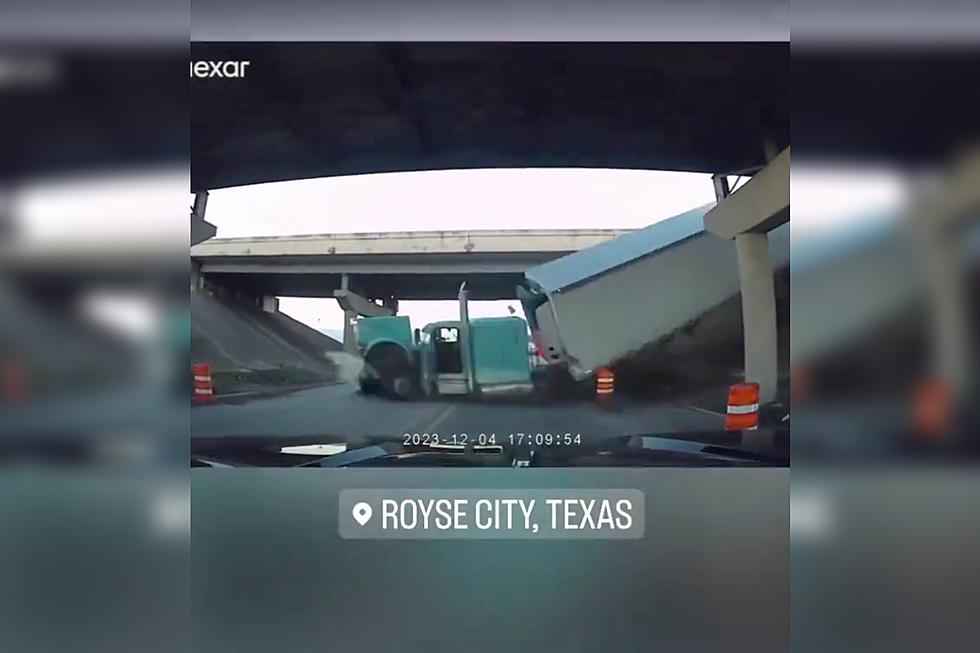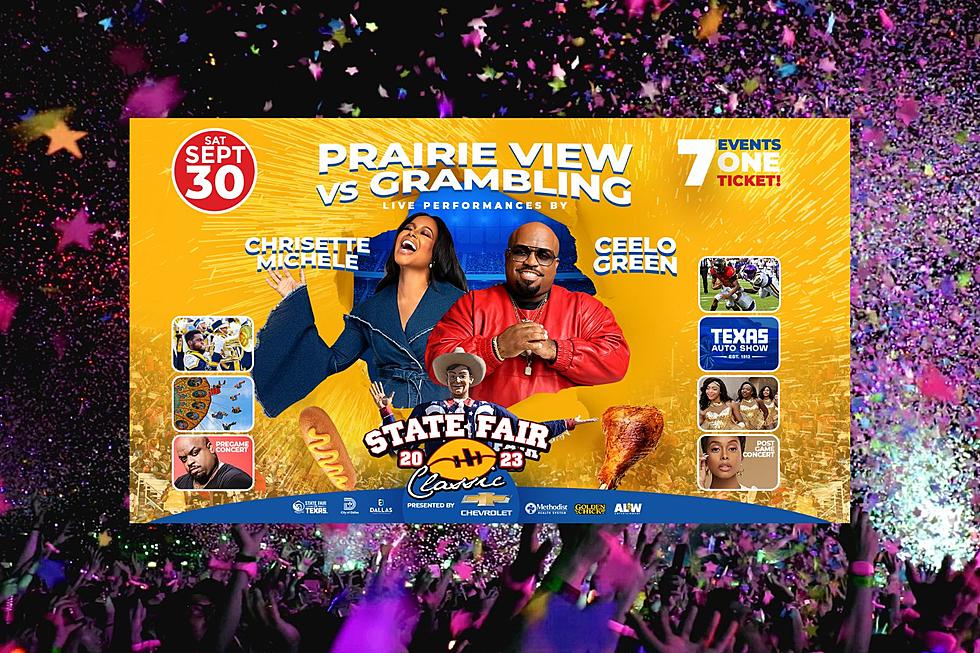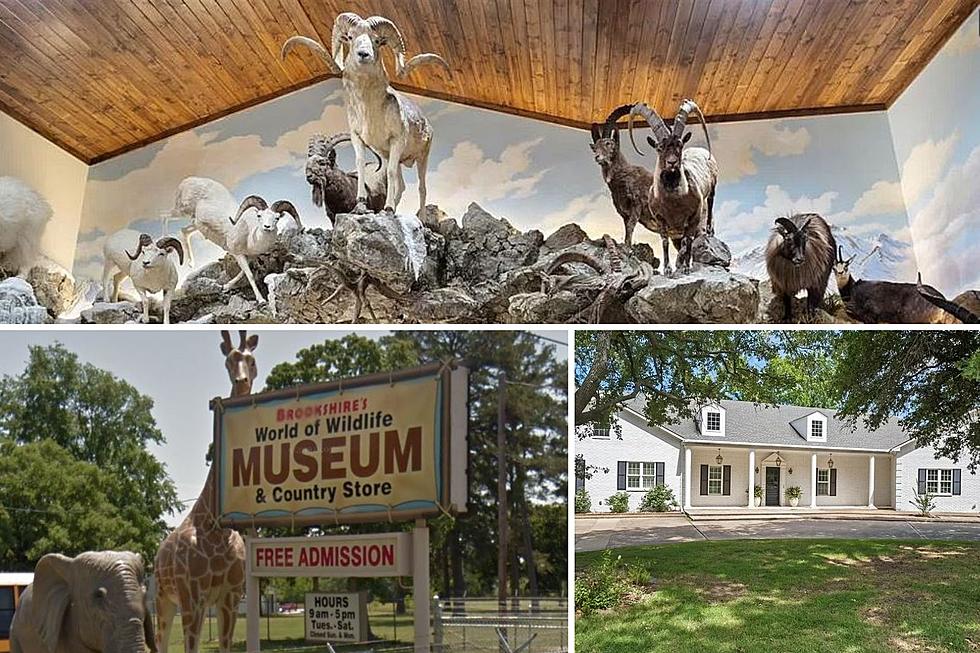
How to Not Hit a Deer this Fall
If you have ever hit a deer while driving, you know how scary it is. I hit one several years ago, and the impact was frightening.
It was autumn, and nighttime when I was driving home between Longview and White Oak, the time a deer crossed my path. I was lucky to have barely hit the animal, and though my vehicle sustained damage, I was not hurt.
Deer are more active this time of year, and the likelihood of hitting one increases. For the past 15 years, State Farm has conducted a study on driving damages inflicted by deer.
Thankfully, Texas did not crack the Top 10, but here are some things to keep in mind in order to avoid a collision with one. State Farm advises:
- Slow down, particularly at dusk and dawn.
- If you see one deer, be prepared for more deer to cross the road.
- Pay attention to deer crossing signs.
- Always buckle up - every trip, every time.
- Use your high beams to see farther, except when there is oncoming traffic.
- Brake if you can, but avoid swerving. This can result in a more severe crash.
- Remain focused on the road. Scan for hazards, including animals.
- Avoid distractions. Devices or eating might cause you to miss seeing an animal.
- Do not rely on products such as deer whistles. They are not proven effective.
- If riding a motorcycle, always wear protective gear. Keep focus on the road ahead.
More From Mix 93.1
